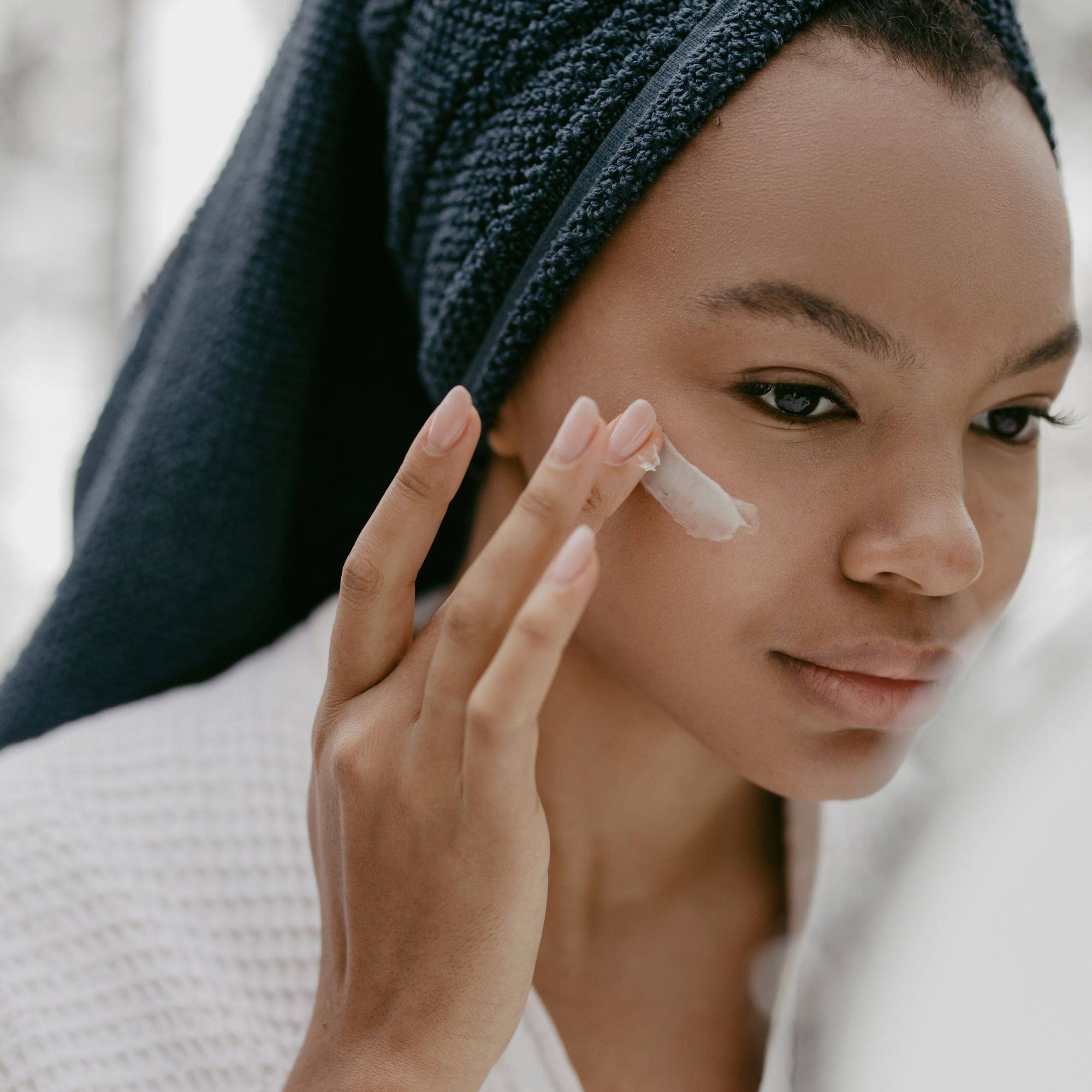1. Choose a moisturiser that is suitable for oily skin. You have two main options, water based or oil-based.
If your skin is oily, you should be looking for a moisturiser which is water-based, as these are much less rich compared to their oil-based counterparts. Many moisturisers also contain ingredients that control shine and create a matte finish.
A light moisturiser formulation is the way to go. Heavy creams and lotions will be too rich for your skin; when a cream is too heavy your pores cannot absorb it, resulting in the product sitting on top of your skin.
2. Use a non-comedogenic moisturiser, meaning it does not clog pores or cause pimples. Products with a high percentage of natural ingredients in their formulation tend to be the best as they have smaller molecules and therefore are able to penetrate the skin better and less likely to cause blocked pores.
In order to find out if whether or not a product contains non-comedogenic ingredients, the best way is to familiarise yourself with your ingredients. Coconut butter, avocado oil and olive oil are common skincare ingredients in moisturisers which may be comedogenic, for instance.
Please bear in mind, however, a comedogenic ingredient may only represent 2% of the formulation of a product, and therefore the formulation as a whole is considered non-comedogenic.
3. Don’t disrupt your skin’s barrier, rather aid it in its process. Chemical and synthetic products can dry out and irritate your skin, so as disrupt its natural state; try a natural alternative which works in unison with your skin.








